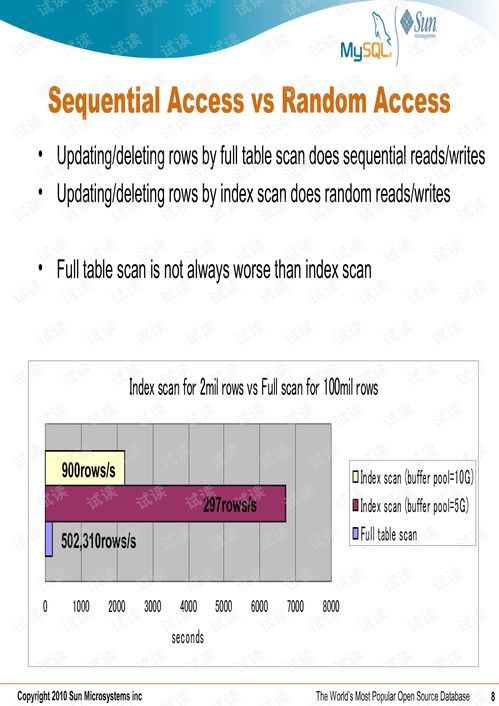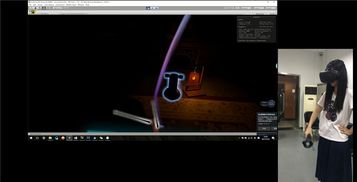Content:
Fishing, an age-old pastime, has been captivating anglers around the world for centuries. One of the most crucial aspects of fishing is mastering the art of tying bait, which directly impacts the success of your fishing trip. In this article, we will delve into the essential techniques for tuning your bait, along with a list of helpful video tutorials to enhance your fishing skills.
Understanding the Basics of Bait Tuning
Before diving into the intricacies of bait tuning, it is essential to understand the basic principles behind it. Bait tuning involves adjusting the weight and position of the bait on your fishing line to ensure it sinks or floats at the desired depth, mimicking the natural movement of prey. This, in turn, increases your chances of attracting fish.
Choosing the Right Bait
The first step in bait tuning is selecting the appropriate bait for your fishing spot. Different types of fish are attracted to various baits, so it is crucial to research the species you are targeting. Common baits include live bait, artificial lures, and natural substances like worms or corn.

Essential Equipment for Bait Tuning
To effectively tune your bait, you will need the following equipment:
- Fishing rod and reel
- Monofilament or braided line
- Swivel or leader
- Bait holder or hook
- Weight or split shot
- Float or bobber
Techniques for Bait Tuning
Now that you have the necessary equipment, let's explore some essential techniques for bait tuning:
Adjusting the Weight: To achieve the desired depth, you must adjust the weight of your bait. This can be done by adding or removing split shots from your line. Experiment with different weights until you find the perfect balance.
Positioning the Bait: The position of your bait on the line can also affect its performance. For instance, placing the weight closer to the hook will make the bait sink faster, while positioning it further up the line will allow the bait to float more easily.
Using a Float or Bobber: A float or bobber is an excellent tool for controlling the depth of your bait. Attach the float to your line above the bait, and adjust its position to achieve the desired depth.
Balancing the Bait: Ensure that the weight and bait are balanced to prevent any unnatural movements. An unbalanced bait may not attract fish as effectively.
Video Tutorials for Bait Tuning
To help you master the art of bait tuning, we have compiled a list of helpful video tutorials. These tutorials cover a wide range of techniques and provide step-by-step instructions to improve your fishing skills:
- How to Tie a Simple Bait Rig: This video tutorial will teach you how to tie a basic bait rig, perfect for beginners.
- Adjusting Bait Weight and Position: Learn how to adjust the weight and position of your bait for optimal performance.
- Using a Float or Bobber: Discover how to use a float or bobber to control the depth of your bait.
- Balancing Your Bait: Watch this video to understand how to balance your bait for a more natural presentation.
- Advanced Bait Tuning Techniques: For those looking to take their fishing skills to the next level, this video covers advanced bait tuning techniques.
Conclusion
Bait tuning is a crucial aspect of fishing that can significantly impact your success on the water. By understanding the basics and utilizing helpful video tutorials, you can master the art of bait tuning and increase your chances of reeling in the big catch. So, grab your fishing gear, watch these video tutorials, and get ready to enjoy a memorable fishing experience. Happy fishing!












